Understanding AFIDA
The Future of CN Analysis
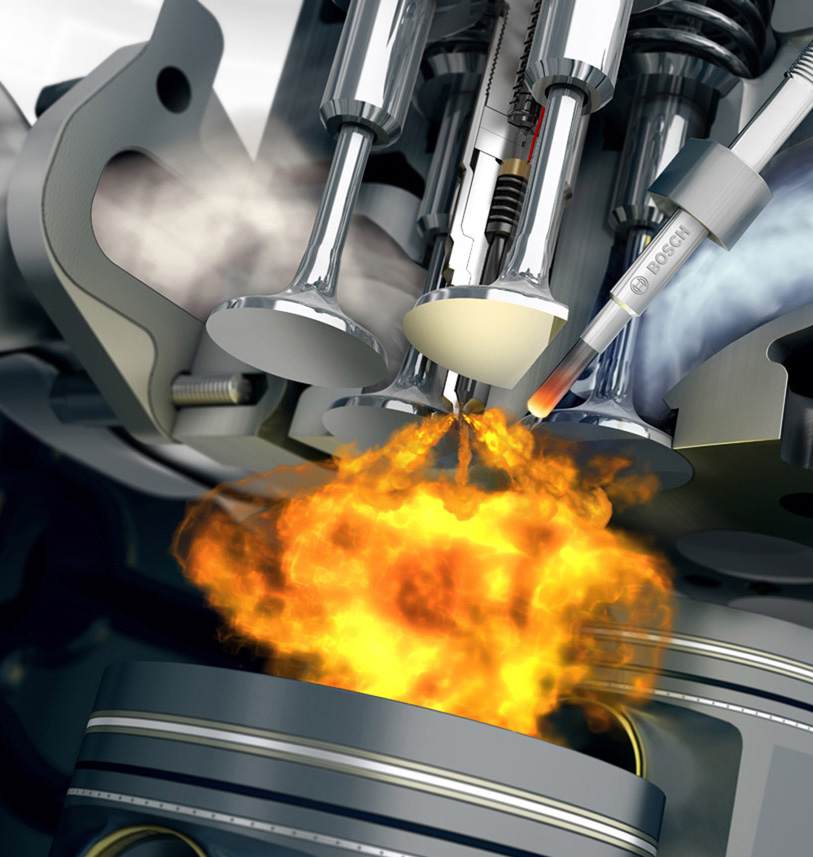
When considering CVCC technology, the AFIDA is a new approach
Existing CVCC (Constant Volume Combustion Chamber) instruments use Derived Cetane Number (DCN) technology, which works on the principle of temperature “tuning” the combustion chamber.
- A reference material with a defined ignition/ combustion delay is used
- The chamber temperature is adjusted by “tuning” to achieve the defined ignition delay figure
- A correlation equation is used to convert a test sample ignition delay to a meaningful DCN
Correlation equations are defined in the respective test methods, ASTM D7668 and D6890. The adopted equations must be continually monitored against D613 data to ensure that the equation works and there is no bias.
The problem
The growing use of CVCC technology means a steady decline in the number of cetane engines, this is set to make the monitoring of the DCN correlation against the cetane engine much more difficult. Aside from offering a modern and precise approach, there are several other factors which are influencing the move towards CVCC technology, not least the high operational and maintenance costs of running the cetane engine.
Changes to the fuel specifications
Global diesel fuel specification authorities and the fuels industry itself continue to place emphasis on developing CVCC technology as a referee test. Using a correlation equation related back to the cetane engine is a limiting factor towards this objective – direct traceability to the original primary reference fuel cetane scale is preferred.
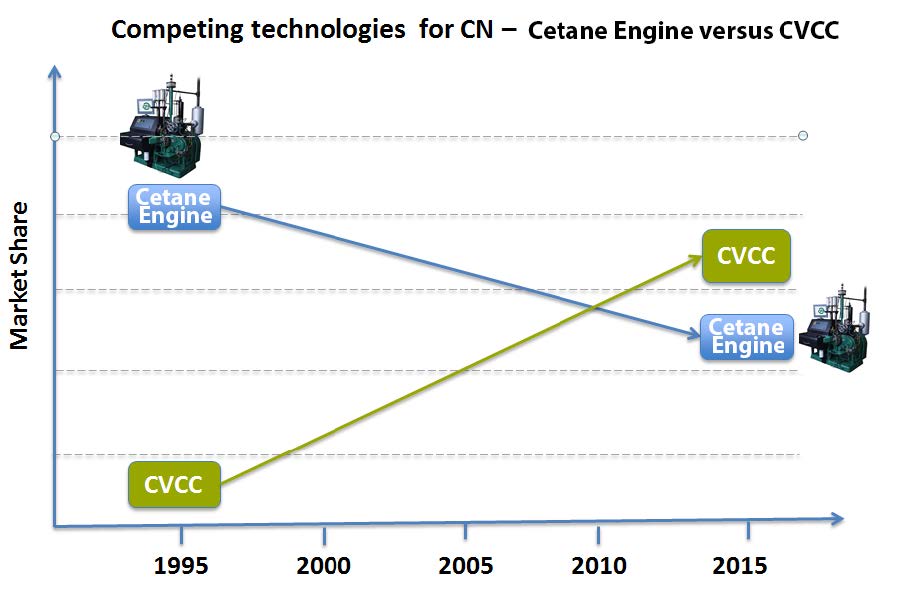
AFIDA – the solution
AFIDA offers a quantum change in CVCC analysis of CN and its design has taken into consideration anticipated industry trends as well as the demands of modern fuel blending. AFIDA is not a “derived” or “correlated” approach, the analyser operates at a fixed 580 deg C chamber temperature which does not vary and is not adjusted by the user.
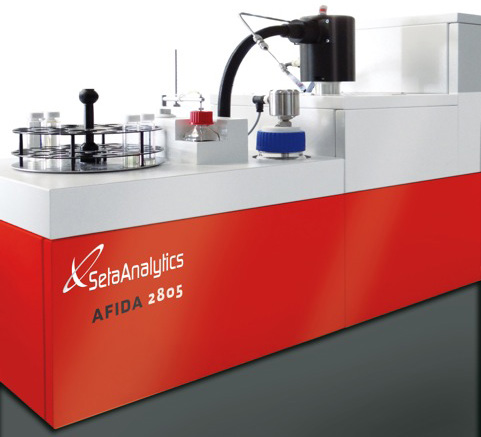
Primary Reference Fuel Calibration (PRF)
Primary Reference Fuels, which define the Cetane Scale, are the basis of the analyzer’s calibration curve plotted across a total of 7 points. The curve is then used to directly convert the ignition delay of the test sample to Indicated Cetane Number results.
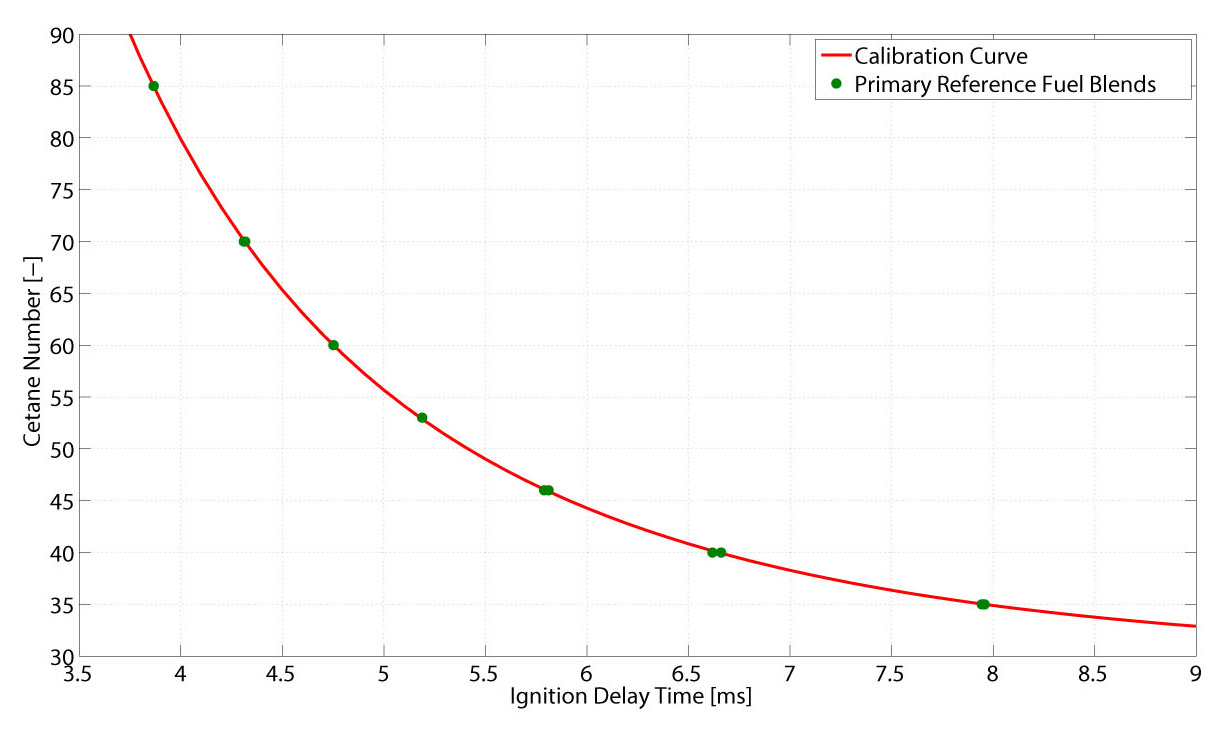
An EI Inter-laboratory study has proved the technique, which is now standardised as test method IP 617. ASTM statisticians concluded no bias to the cetane engine.
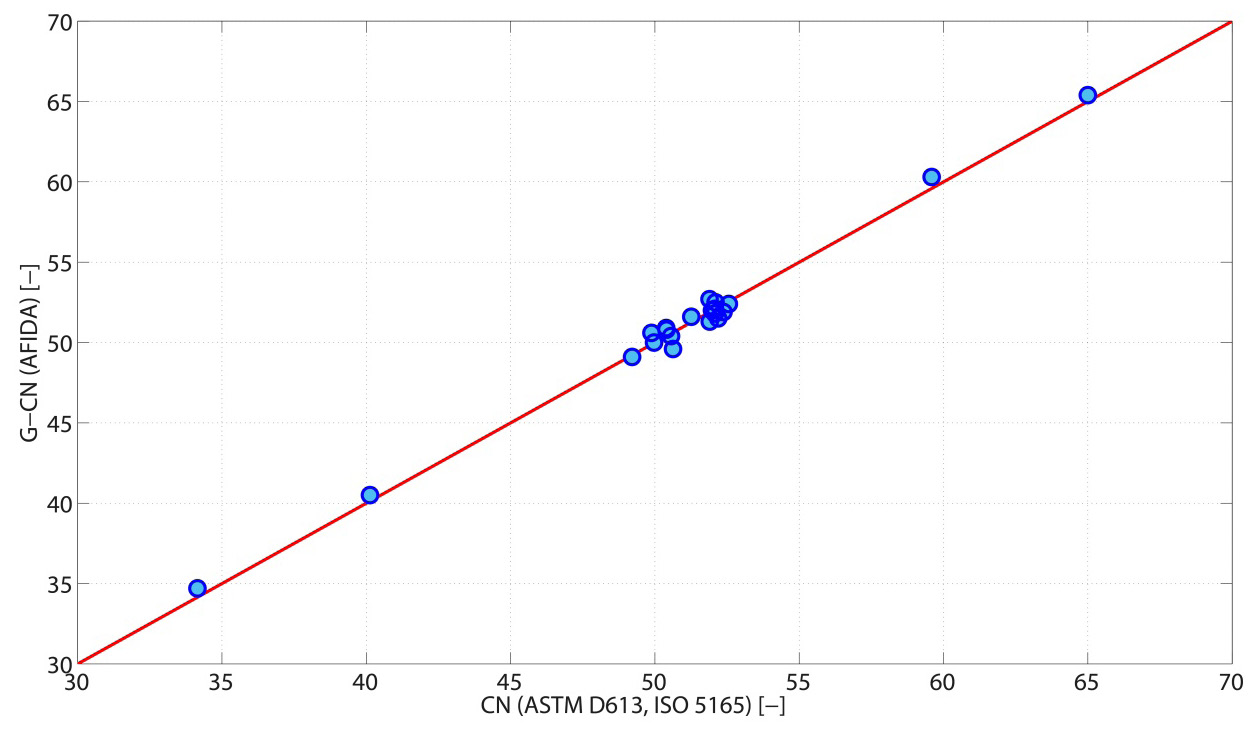
Future
The trend towards AFIDA is rapidly gathering pace as companies optimise investment for future cetane number determination and identify the significant potential cost savings offered by this new and approved technology.
Standardization activity
- IP 617: Determination of generic cetane number (G-CN) of fuels using a constant volume combustion chamber — primary reference fuels calibration (PRFC) method.
- ASTM D8183 will refer to ICN (Indicated Cetane Number) and IP 617 will change to reflect this.
- CEN EN 17155 reporting ICN has been written and is due out for inquiry ballot with member states.
Approval for use
EN 590, 5.7.4, permits the use of the AFIDA in a refinery operation.
5.7.4 In cases of dispute concerning cetane number, EN ISO 5165 shall be used. For the determination of cetane number, alternative methods to those indicated in Table 1 and Table 3 may also be used, provided that these methods originate from a recognized method series and have a valid precision statement derived in accordance with EN ISO 4259, which demonstrates precision at least equal to that of the referenced method. The test result, when using an alternative method, shall also have a demonstrable relationship to the result obtained when using the referenced method. AFIDA meets the requirements with IP 617.

